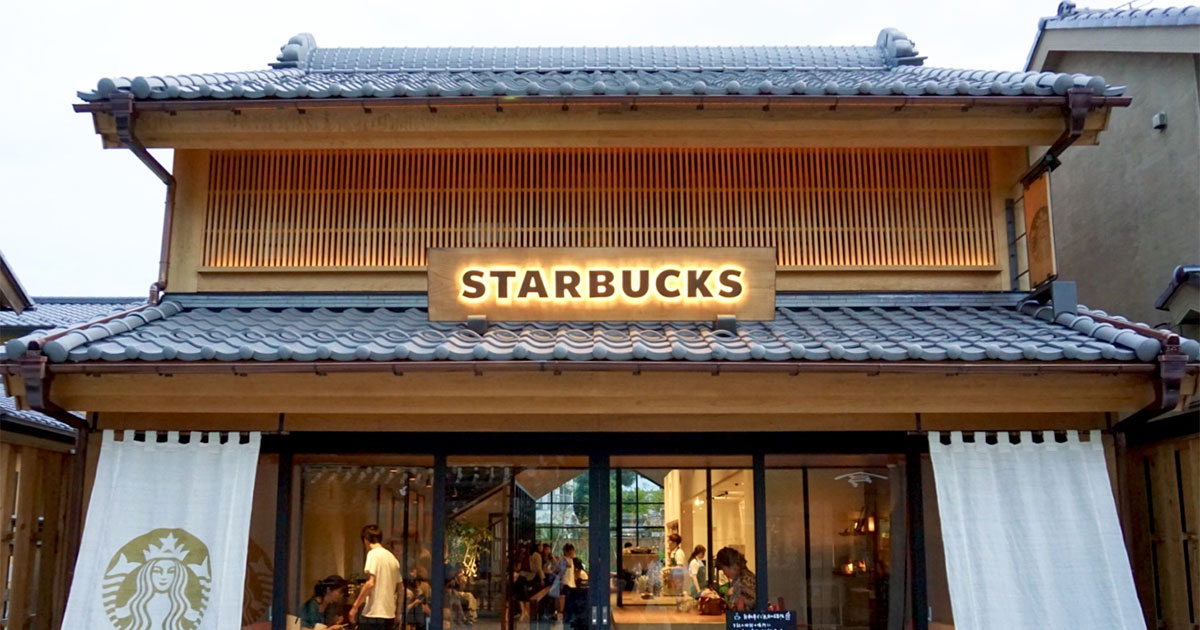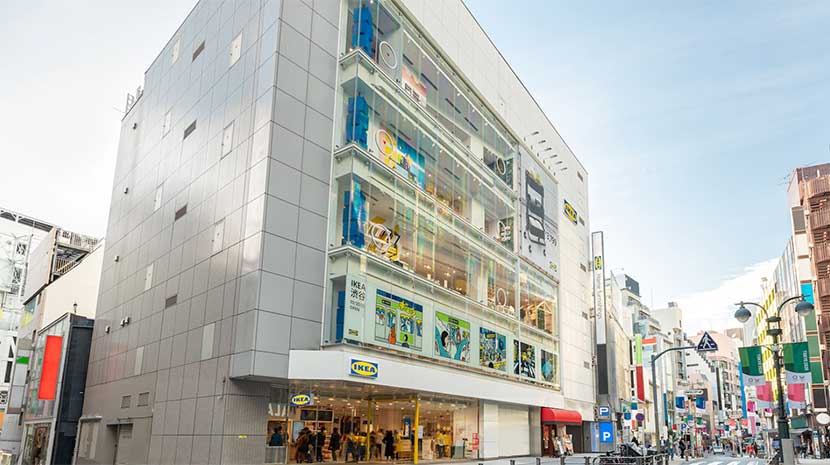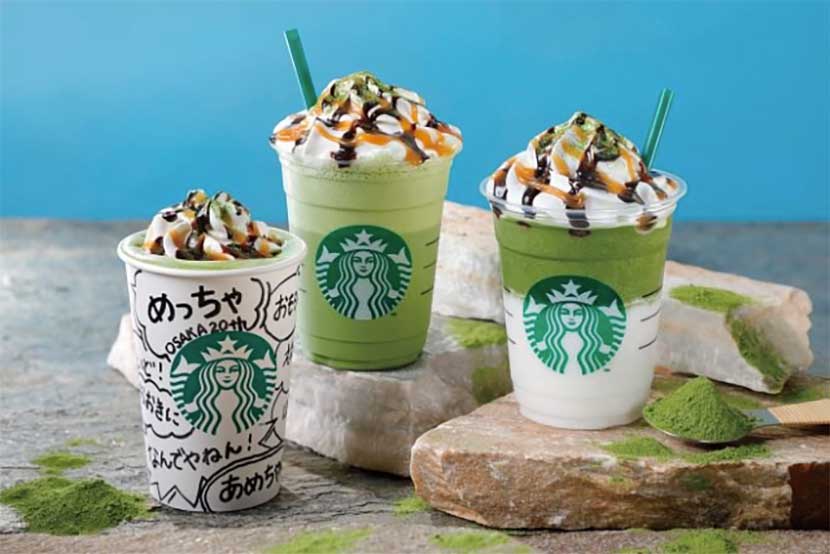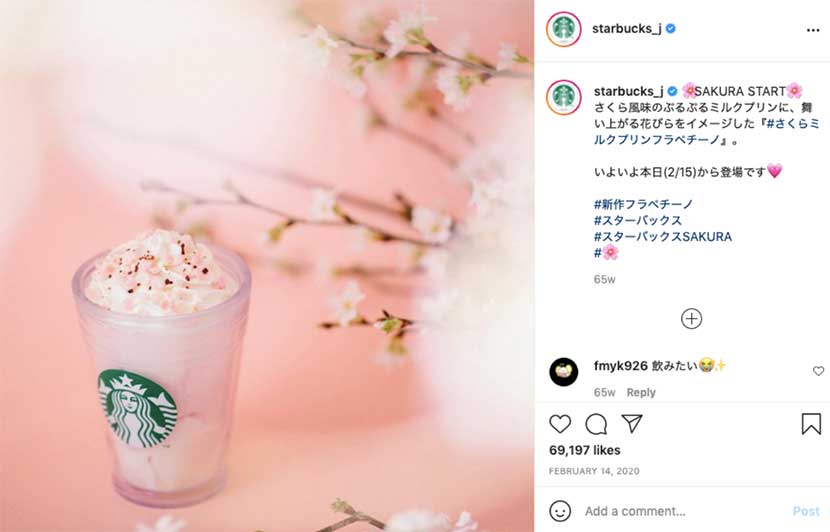
Btrax Design Company > Freshtrax > How Did IKEA an...
How Did IKEA and Starbucks Successfully Localize in Japan?
At btrax, we typically talk to two types of people when discussing Japanese market opportunities.
- Those who believe that a global strategy will work in Japan
- Those who understand the landscape of the Japanese market and need to create a strategy specific to Japan.
Depending on your goals, resources, and budget, both types of people can succeed in Japan. However, from btrax’s 16 years of experience helping US companies expand to Japan, it can be an expensive lesson if you don’t take the time to understand the landscape.
Today, we will not go into the specifics of the Japanese market. Instead, we will look at a few examples where companies tailored their market entry strategy through localization. To learn about the basics of Japan, you can check out these articles:
Here are two examples of success stories of foreign companies entering Japan by understanding the importance of localization.
Example 1: IKEA
As a well-known Swedish home-furniture company with 445 stores in more than 30 countries, IKEA seems like a pro at international expansion. However, even IKEA once failed at entering the Japanese market.
When IKEA first entered the Japanese market in 1974, they were unaware of the differences in culture and consumer behaviors. The furniture was too big and didn’t go with the Japanese living style. After 12 years, IKEA decided to leave the market.
Learning from their first failure, IKEA redeemed themselves with ample consumer behavior research. They conducted observational research of the Japanese consumer lifestyle from those living in single-family houses to studios. In 2006, IKEA opened a megastore in Tokyo offering smaller furniture with simple designs, specifically designed to match the Japanese lifestyle.
They also learned that Japanese consumers prioritize convenience and safety more than paying less. With that in mind, IKEA offered a delivery option with furniture assembly, helping win Japanese customers’ hearts.
IKEA is now a well-known and respected brand in Japan like it is in other countries. Recently, IKEA opened its 11th store in the location that used to be the flagship store of Forever 21.

IKEA Shibuya Store
Example 2: Starbucks
Starbucks is known for its superior brand and business expansion strategy. Founded in 1971, the coffee brand now owns about 30,600 stores in over 76 countries all over the world.
Starbucks opened its first store in Japan in 1996. More than two decades later, it operates 1640 stores in Japan nationwide, as of May 2021. Japan is the 4th biggest market for Starbucks. How did they achieve this massive success?
Here are some key points of their localization strategy.
1. Starbucks first operated Starbucks Japan K.K. with a well-established Japanese retail company called Sazaby League through a 50-50 partnership. This partnership provided Starbucks with an advantage in overcoming cultural differences.
2. Starbucks conducted market/user research in 1995 before actually entering the market. The market research provided interesting insights that led to targeting “women around the age of 30”, who were trendy and didn’t smoke.
- Back then, Japan had a very high rate of smoking with around 60% of males smoking. This made the idea of a non-smoking cafe quite risky from the standpoint of revenue since they were potentially excluding male consumers. Starbucks initially installed a non-smoking area in its 1st store but soon all of the stores became non-smoking. This strategy succeeded in attracting their main target. They did a great job in successfully reaching loyal customers from the start.
3. Starbucks adapted its product lines to Japanese consumer tastes.
4. Serving sizes in Japan are different from the ones in the US. The biggest cup size in Japan is Venti, not Trenta. There is an additional smaller size than Tall, called Short in Japan. (Technically Starbucks US sells shorts, but only for espresso and hot chocolate.

Cup sizes
5. All products are less sweet since Japanese consumers tend to like less sugary drinks than consumers in the US.
6. Starbucks curated its menus for the Japanese consumer. Starbucks Japan offered tea-based items such as Matcha tea latte and Houji tea latte, which became some of their best-selling products.

Matcha at Starbucks
Furthermore, Starbucks strategized its adaptive retail architecture and media/PR (including social media). For example, it utilizes the traditional 2-floor house that was built over 100 years ago in Kyoto as its retail store. The store is blended into the local street very well.
In Japan, Twitter and Instagram are more commonly used. Starbucks has posted lots of localized content on both social media. Now it has 5M followers on Twitter and 2.9M followers on Instagram.
All these strategies came from understanding the importance of localization. When it comes to international markets, the differences are more pronounced and mistakes can be very costly.
Understanding the importance of localization goes hand in hand with understanding the importance of user research. Brand localization is key to user research as it provides the foundation for a successful market entry.
If you are serious about entering the Japanese market, let’s discuss how btrax can support you. Please contact us here.
References:
- Statista – Number of IKEA’s stores
- Successful Foreign Companies in Japan – Shiodome.com
- Strategy for Market Entry and Expansion – UK Essays
- IKEA Stores – IKEA Official Website
- Starbuck Stores – Starbucks Official Website
- How many Starbucks stores Are There Worldwide? – Seattle Business
- Starbuck Japan Localization Case Study – medium
- The secret of Starbucks Japan success – Watopi
- Amazon’s share – pull-net
- Comparison of Growth Strategy Amazon vs Rakuten – Keio University Repository
- Amazon’s Business Strategy in Japanese Market – >SMBC Consulting









